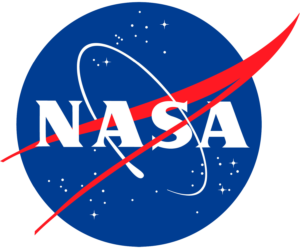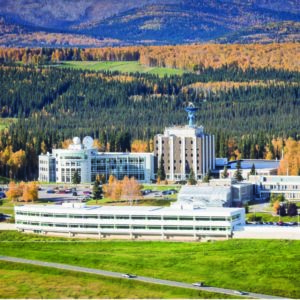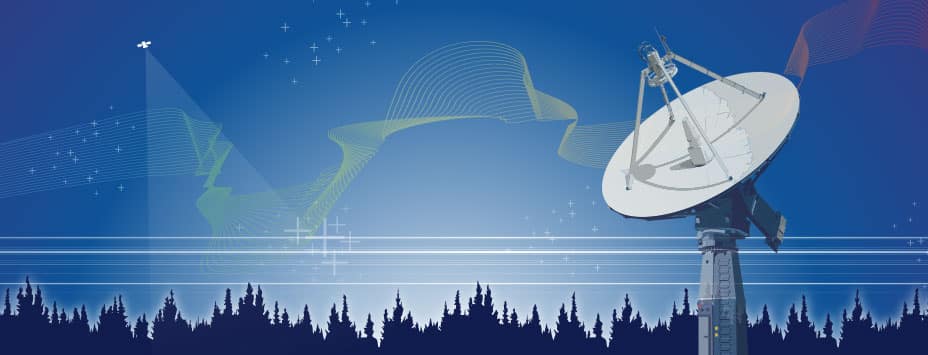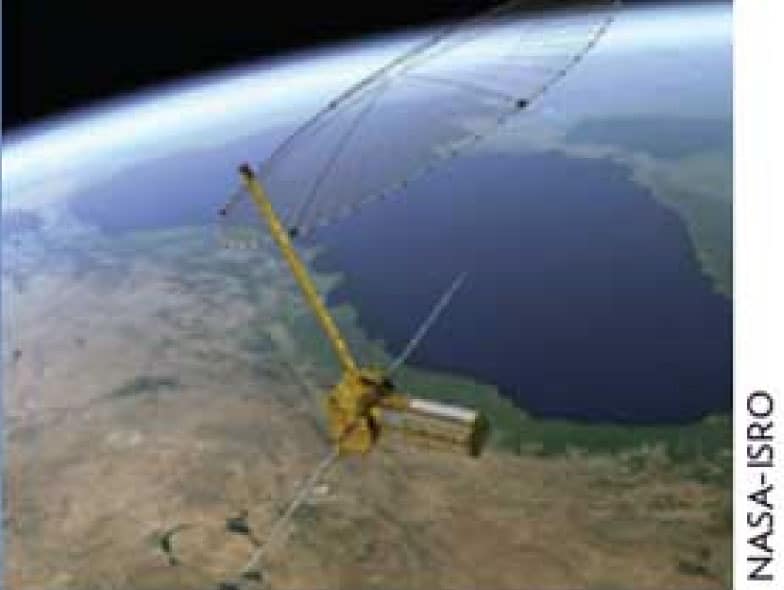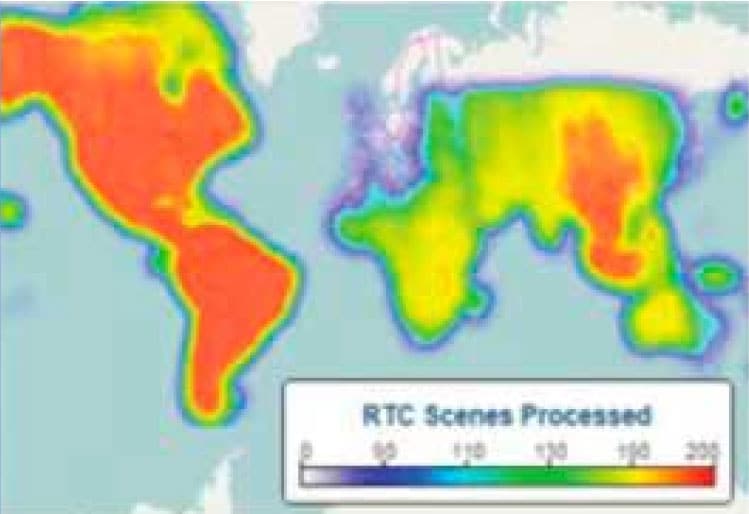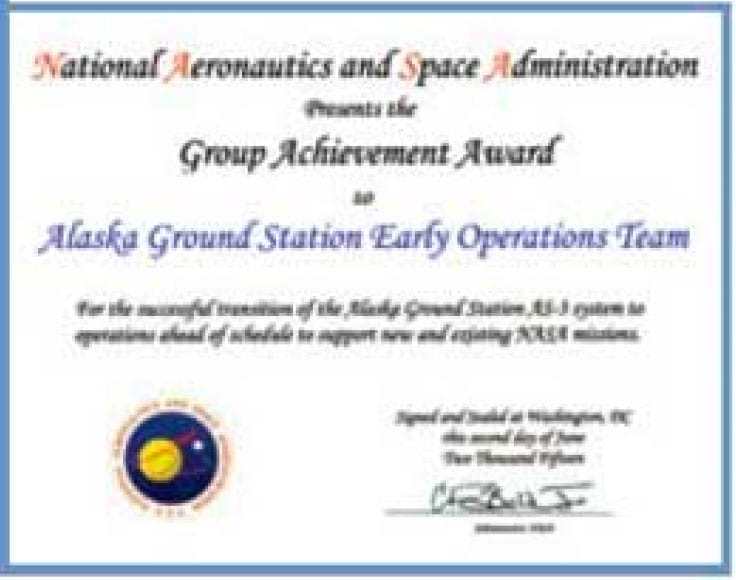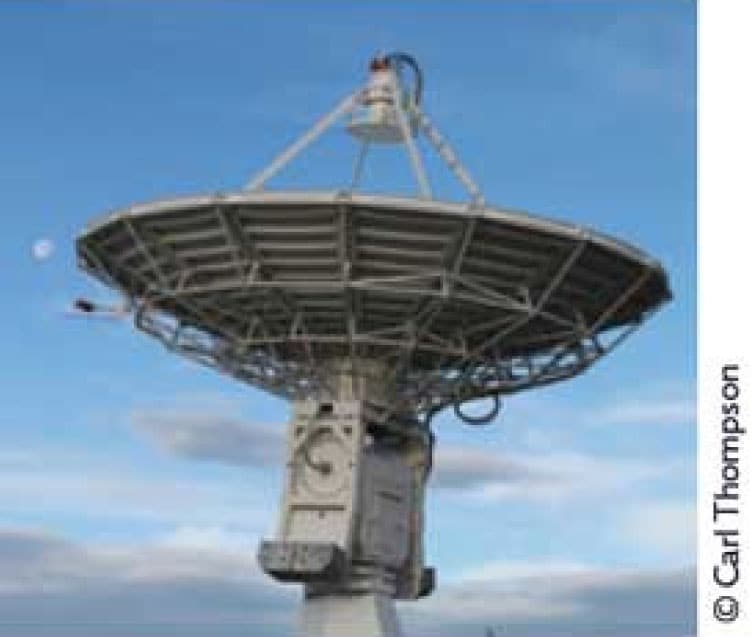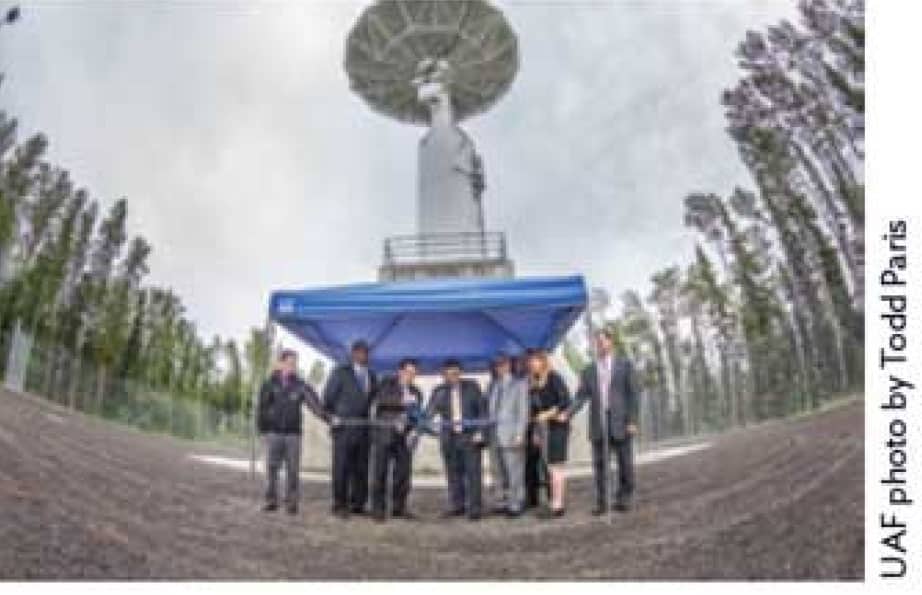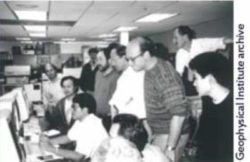
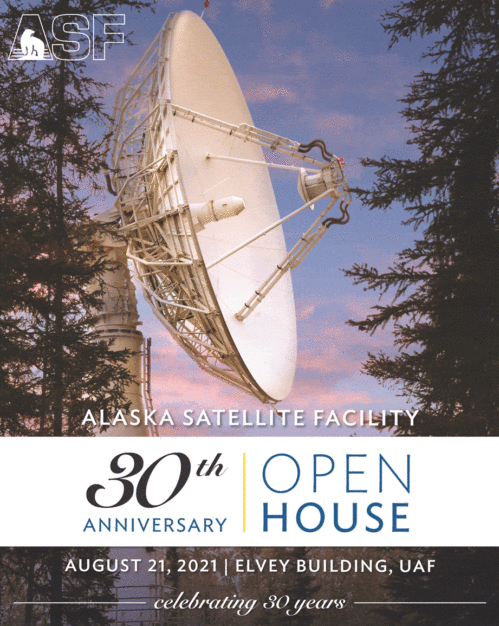
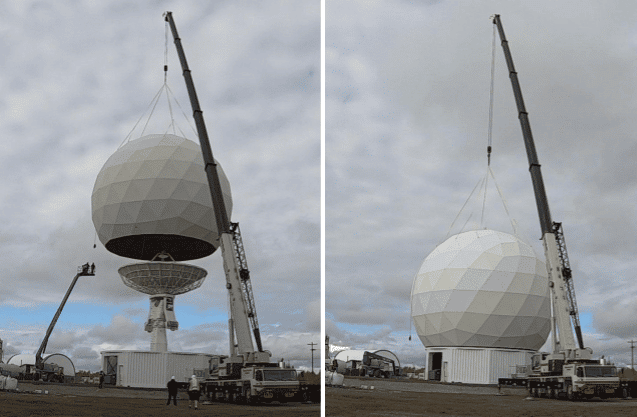
Construction of the newest NASA antenna at ASF is completed. AS4 will support the upcoming NISAR satellite mission.
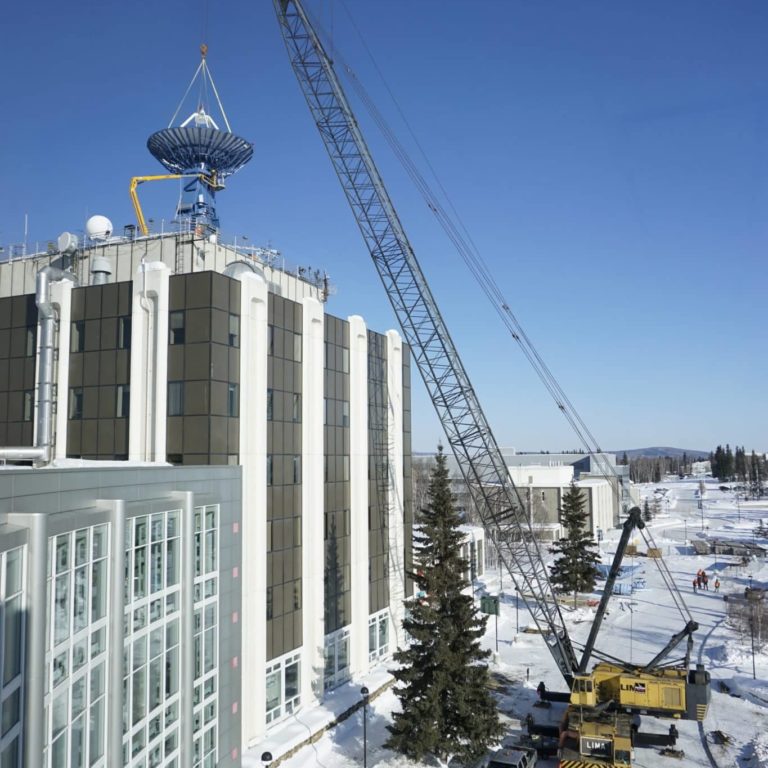
The first ASF antenna (1991), located on top of the CT Elvey Building, is upgraded in support of the NASA Near Space Network.
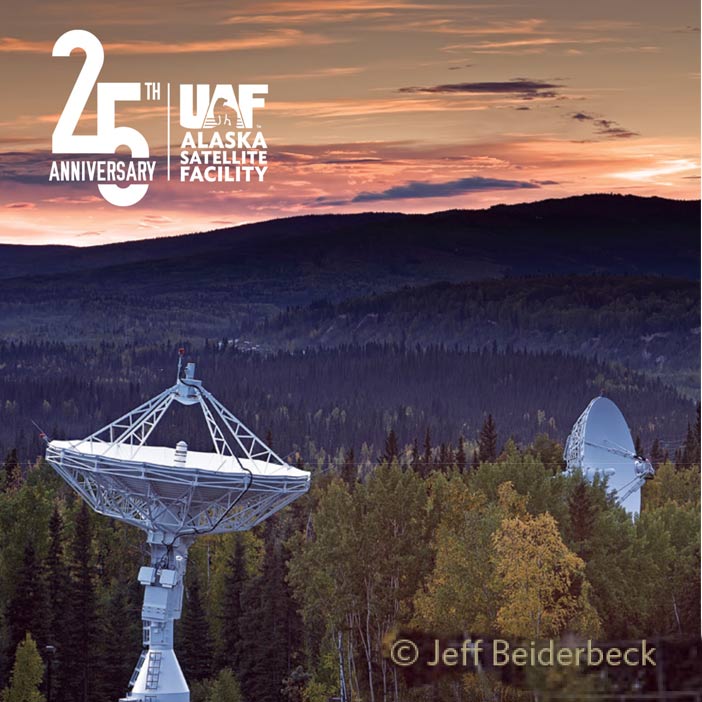
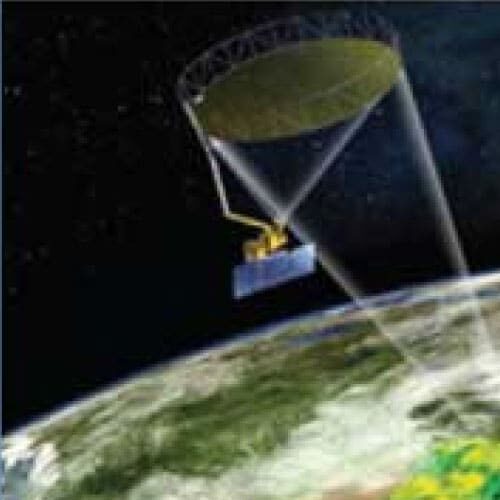
ASF Ground Station supports NASA SMAP mission to study Earth's soil moisture ASF DAAC starts distributing SMAP data.
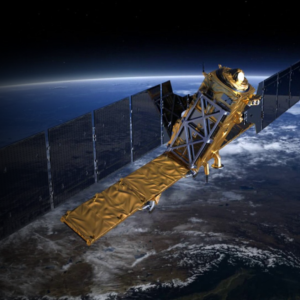
Sentinel-1B is launched to join Sentinel-1A in providing global SAR coverage. Data from both satellites are distributed from ASF.
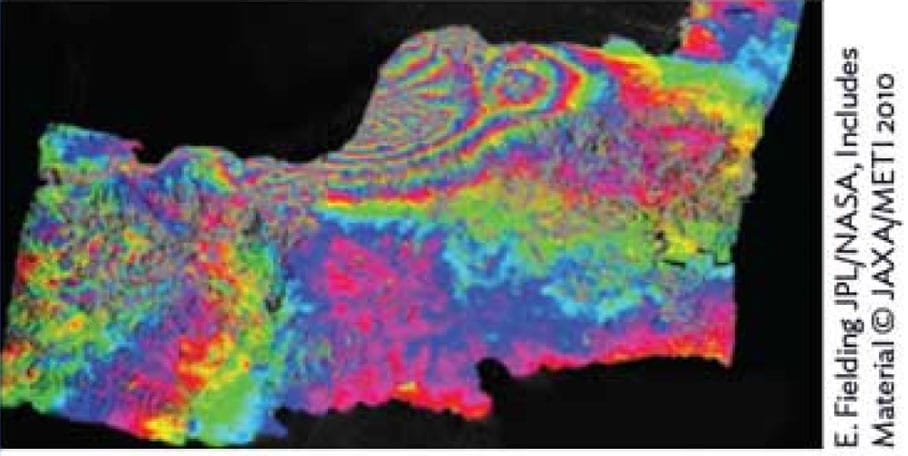
Japanese government makes ALOS PALSAR data unrestricted, giving international users new access to the 2006-2011 dataset archived by ASF DAAC.
NASA announces that ASF DAAC will distribute data from NISAR, a joint U.S.-lndia satellite mission to be launched in 2023.
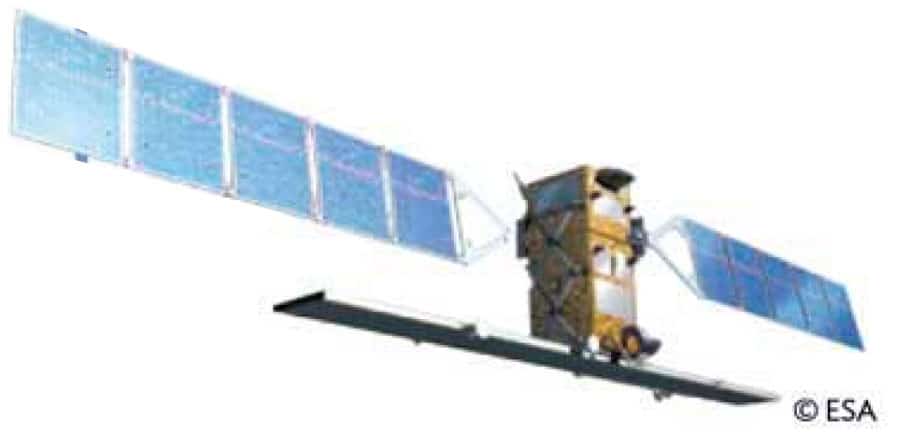
ASF DAAC starts distributing the entire archive of Sentinel 1A data through a historic agreement between NASA and the European Space Agency.
ASF completes radiometric terrain correction of ALOS PALSAR dataset.
The prestigious NASA award recognizes the ASF Ground Station team for making the new antenna fully operational ahead of schedule.
ASF Enterprise offers ground station services from university-owned antenna assets.
Ribbon-cutting ceremony for NASA's third antenna at ASF.
ASF DAAC data archive exceeds 1.5 petabytes, roughly equivalent to 500 Million Songs stored as MP3s.
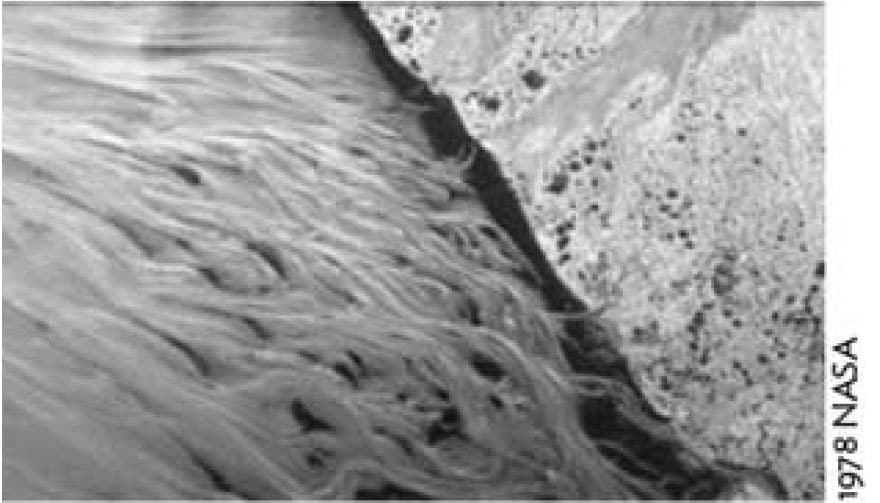
ASF DAAC releases newly processed imagery, much of which had never been seen before from the historic 1978 Seasat mission.
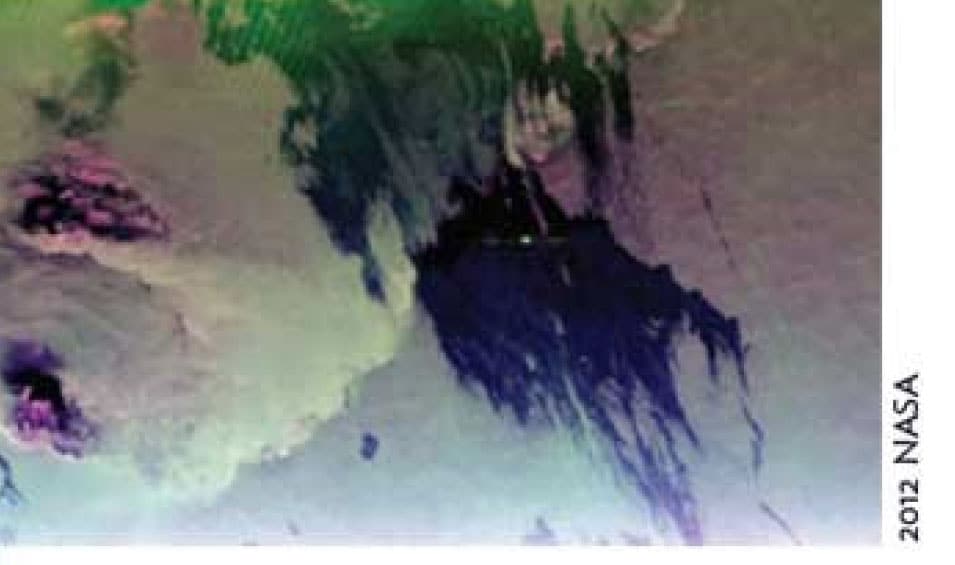
UAVSAR data accessed through ASF DAAC played an important role in detecting the Deepwater Horizon oil spill in the Gulf of Mexico.
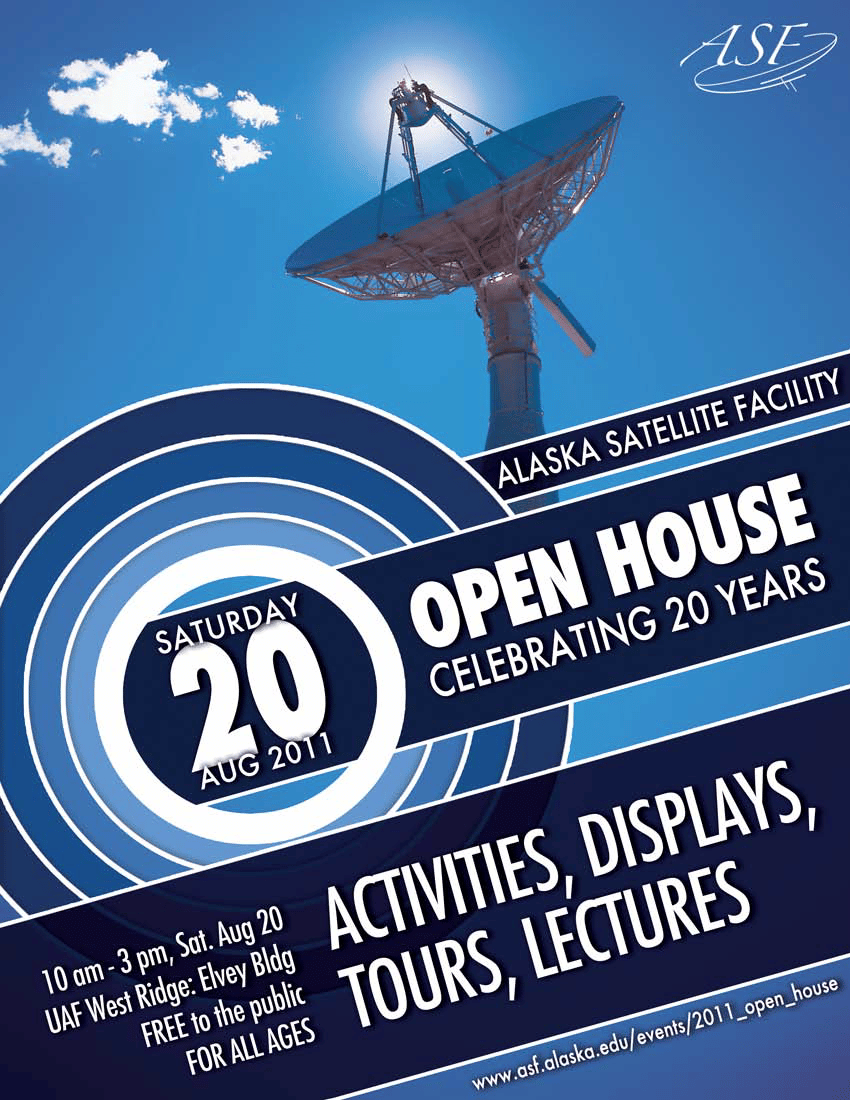
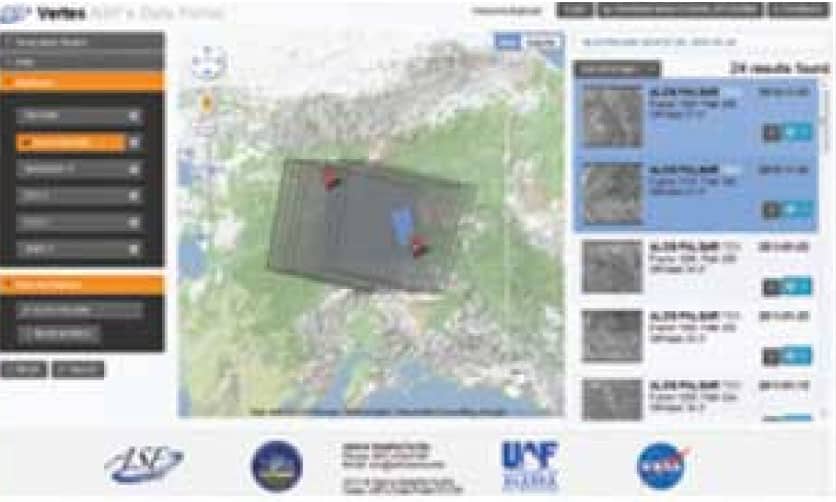
New web data portal Vertex enables search and discovery of downloadable data and imagery.
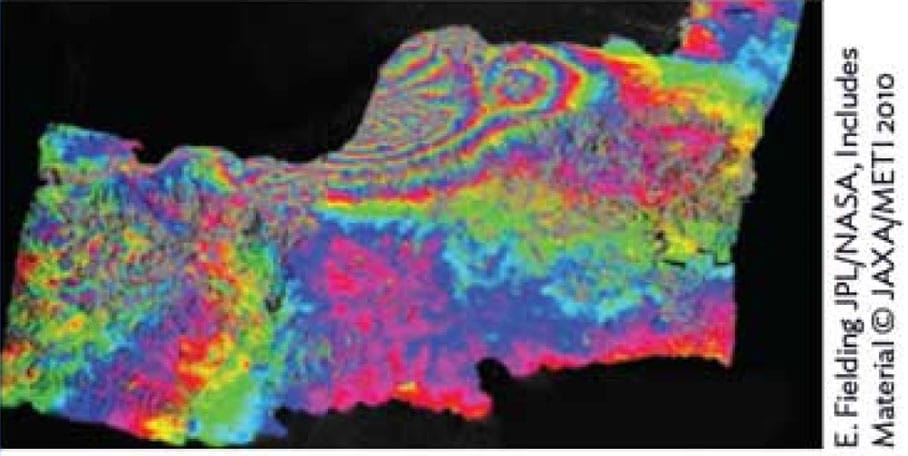
ALOSPALSAR data, which can be accessed through ASF DAAC, plays a vital role in detecting the fault zones that were in play, causing the devastating Haitian earthquake.
NASA's Tracking and Data Relay Satellite System (TDRSS) begins data acquisition for Japan's ALOS mission, the start of a historic international collaboration.
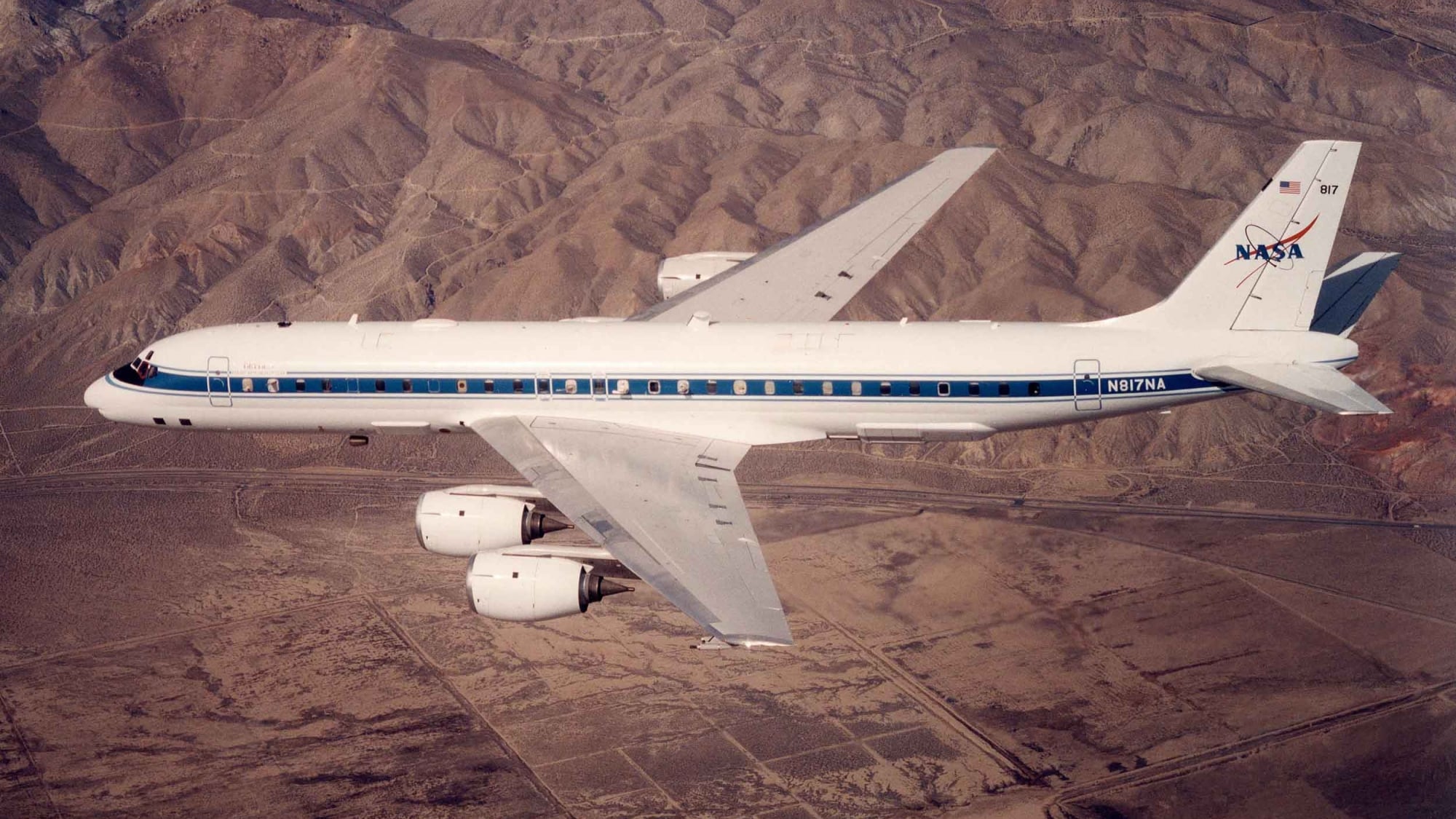
NASA Airborne SAR (AIRSAR) data collection was added to the ASF DAAC for archive and distribution.
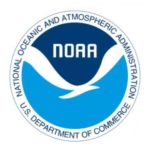
America's ALOS Data Node (AADN) was created in partnership with NOAA.
JAXA ALOS satellite launch.
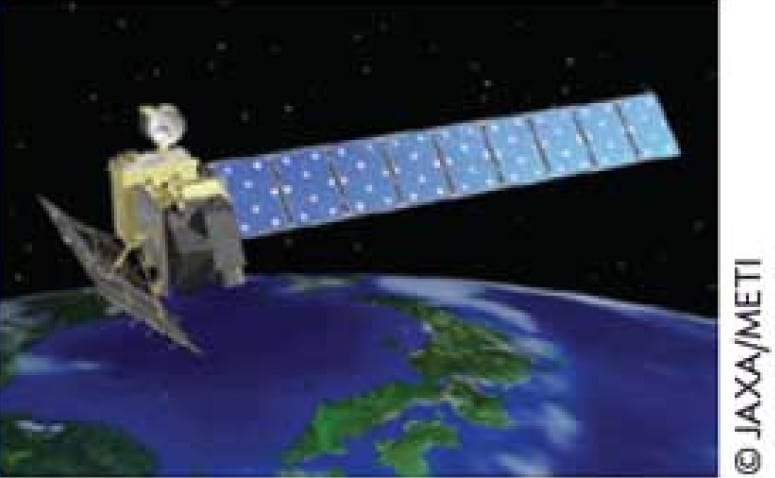
The first ASF uplink of a command file to an orbiting satellite was completed.
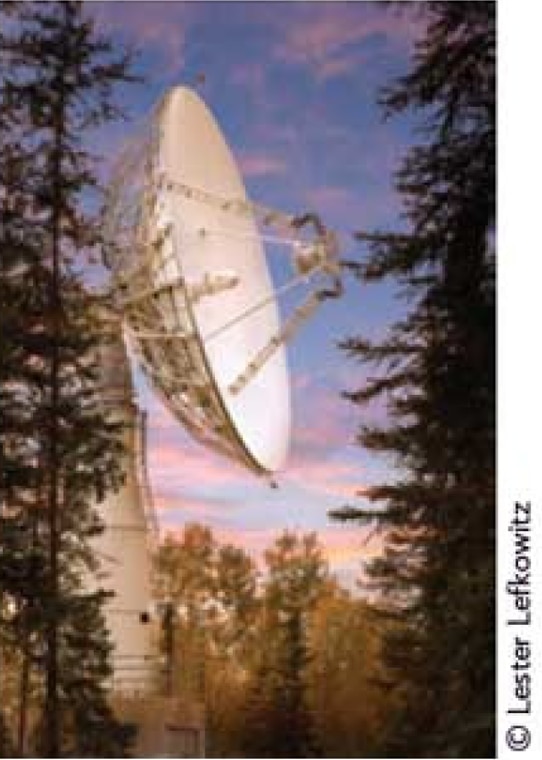
The Alaska SAR Facility was renamed the Alaska Satellite Facility to be more descriptive and better reflect the extent of the facility and its services as a whole.
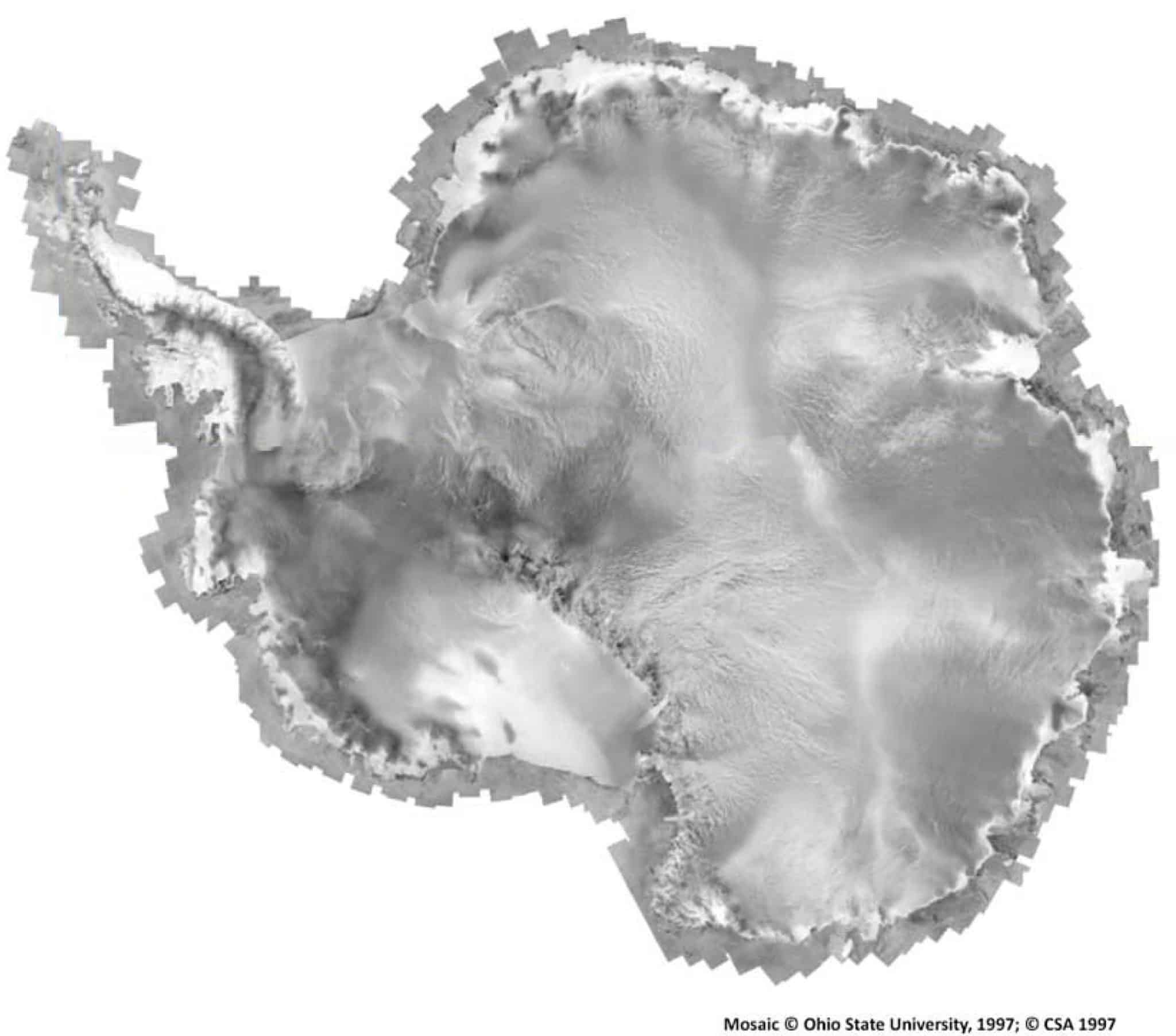
The RADARSAT-1 Antarctic Mapping Mission 1 was completed. A tiled mosaic was created by the Ohio State University.
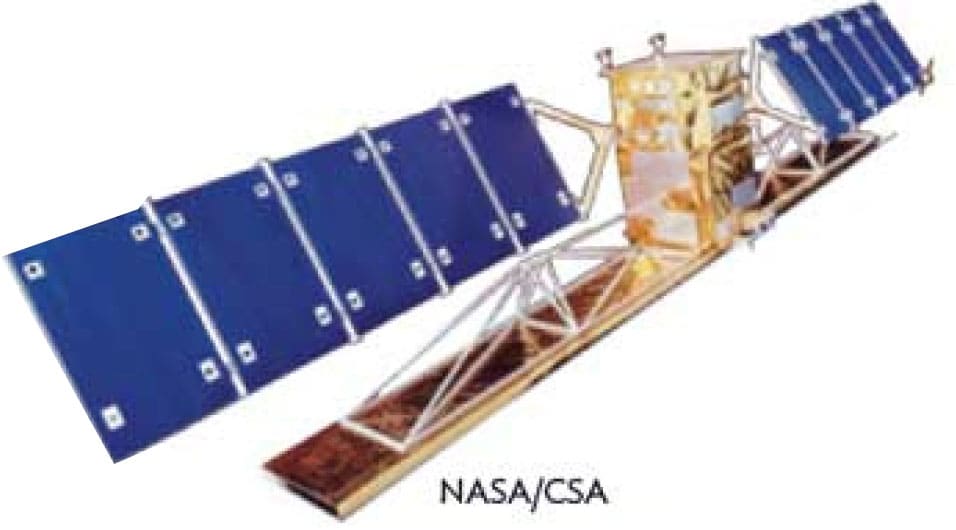
ASF downlinks, processes, and distributes data from RADARSAT-1.
The 11-meter-tall NASA antenna was installed to support the Advanced Earth Observing Satellite (ADEOS-1) of the National Space Development Agency of Japan (NASCA)

ASF Distributed Active Archive Center(DAAC) was created under contract with NASA
ASF's first antenna becomes operational and receives its first downlink from ERS-1


